Explore the Best AI Image Gallery

Elevating Creativity: The Transformative Power of Cloud Computing in the Creative Industry
As we move deeper into the 21st century, cloud computing has emerged as a game-changing force across numerous industries, particularly in the creative sector. By providing expansive storage, enhanced collaboration tools, and cutting-edge technology, cloud computing has altered how creators engage with their craft. This blog post explores the advancements in cloud technology and its substantial impact on the creative industry, potential uses, ethical considerations, and future trends that are shaping this dynamic field.
Revolutionizing Collaboration
One of the most significant benefits of cloud computing is its ability to facilitate real-time collaboration among creative professionals. Platforms like Adobe Creative Cloud and Canva allow artists, graphic designers, and content creators to work together seamlessly, regardless of location. Beyond simple file sharing, these platforms offer integrated tools that enable teams to brainstorm, edit, and finalize projects in real-time. This level of collaborative potential surpasses traditional methods, resulting in enhanced productivity and creativity.
Unleashing Creative Potential
Cloud computing also serves as a powerful tool for accessing a vast array of resources and applications. Creative professionals can utilize software-as-a-service (SaaS) offerings, which enable them to harness advanced tools without the need for hefty upfront investments. For instance, musicians can use cloud-based platforms such as Soundtrap for collaborative music composition, while graphic designers leverage Figma for enhanced design experiences. Overall, leveraging the cloud democratizes access to creative tools, allowing emerging artists to experiment and push their creative boundaries without the financial burden.
Impact on Artistic Expression
Cloud computing's influence extends beyond mere tools and storage; it is also reshaping the nature of artistic expression itself. The rise of digital art, fueled by cloud technology, has blurred the boundaries between traditional and digital media. Artists are now creating hyper-realistic visualizations and immersive experiences that were once the realm of science fiction. Consider the use of cloud computing in virtual reality (VR): artists can design interactive environments that audiences can explore, trademarking a new form of participatory art. This intersection of technology and creativity marks a pivotal moment in how we understand artistic expression.
Ethical Considerations
While the benefits of cloud computing are significant, it is essential to address the ethical implications that accompany these advancements. The ease of access to vast libraries of resources raises questions about copyright, ownership, and attribution. Should an artist be credited for creating an artwork when the underlying technology and data are sourced from shared cloud platforms? Furthermore, as artificial intelligence (AI) becomes increasingly involved in the creative process, new debates about originality and the value of human touch in art have emerged. The creative community must navigate these ethical waters carefully to protect artists' rights and foster an environment of respect and acknowledgment.
Future Trends in Cloud Computing/Creative Synergy
Looking ahead, several trends within cloud computing and the creative industry signal exciting possibilities:
- Increased Integration of AI: AI-driven tools embedded in cloud platforms will continue to evolve, offering artists personalized recommendations, automating repetitive tasks, and even generating creative content. This symbiotic relationship between AI and human creativity will redefine what it means to be an artist.
- Expanded Virtual Collaboration: As remote work becomes the norm, more creative professionals will turn to cloud solutions for enhancing virtual collaboration. Expect innovations in virtual reality and augmented reality that allow for more immersive brainstorming sessions and creative meet-ups.
- Greater Focus on Sustainability: The creative industry is increasingly recognizing the importance of sustainability. Cloud solutions that prioritize energy efficiency and reduce carbon footprints will gain traction as environmental awareness becomes a driving force in business practices.
Conclusion
In summary, cloud computing advancements are dramatically shaping the creative industry. By providing new platforms for collaboration, unleashing creative potential, and promoting innovative forms of artistic expression, the cloud has transformed the landscape for artists and creators. However, it is vital to confront the ethical issues that arise in this rapidly evolving field. As we navigate these changes, the future promises a more interconnected, creative, and sustainable world, driven by the power of cloud technology.





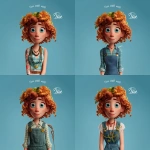

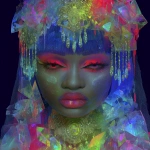
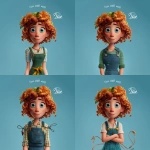
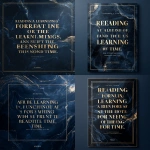
](https://images.ai-img.art/thumbnails/150/e6a179db327f0374ec327d0fdab48ac1f2dc47123eed103b0a41ed346280d07d.webp)
](https://images.ai-img.art/thumbnails/150/655229c40961cb7ff5abd4b4190e02c94ea1a961106e7547a562649c945268be.webp)

](https://images.ai-img.art/thumbnails/150/184b4b030e30be0a6d51b544226cb4cf2271977814d935d3aaa2b7529355b3b7.webp)


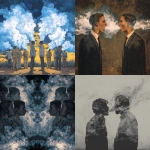

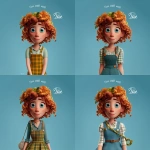
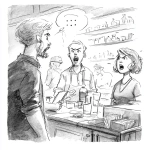



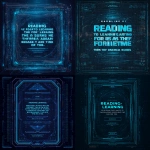

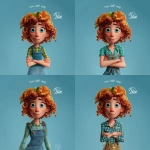
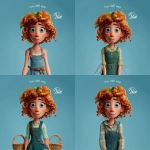







](https://images.ai-img.art/thumbnails/150/6c909fd6d38caac6572b592dd97831deb7d6562bba142798574677582676dfc1.webp)
](https://images.ai-img.art/thumbnails/150/60973df1d727dbbf8e6922b7e4836814ab6012106eb9dcfe99aea7aec15f3710.webp)



](https://images.ai-img.art/thumbnails/150/1202074d0d60b08b64d0f91f36468608aaac200a02b721cc8e6d8ec8a908432c.webp)



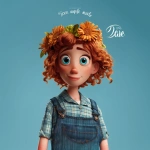
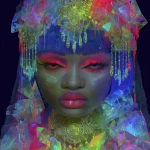




](https://images.ai-img.art/thumbnails/150/26c16e4f635deee86633de398088ca98d9bb748d6e7601436b07e882fab236cb.webp)